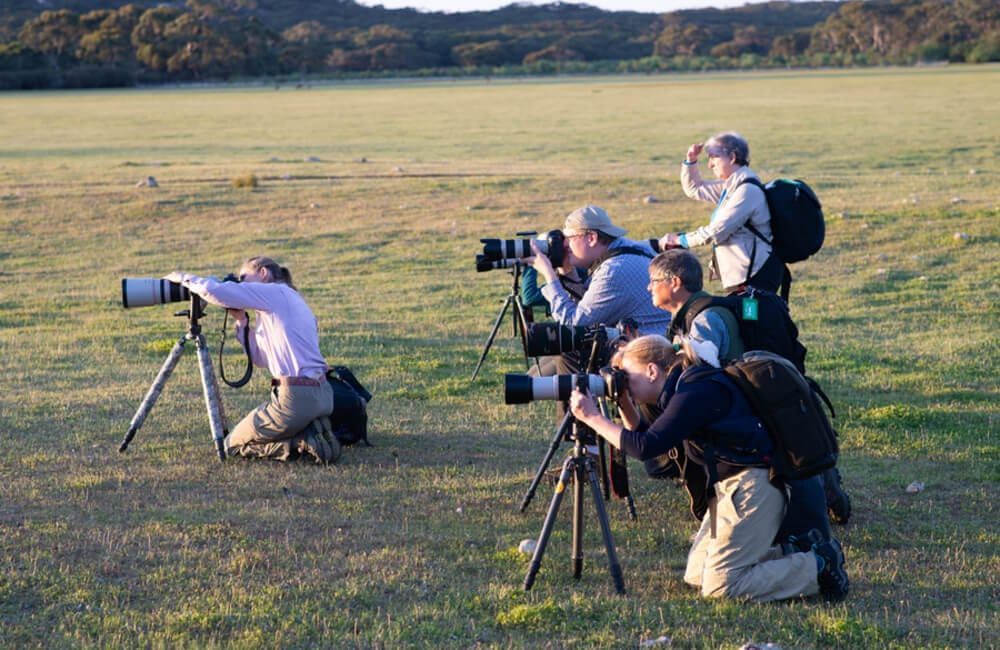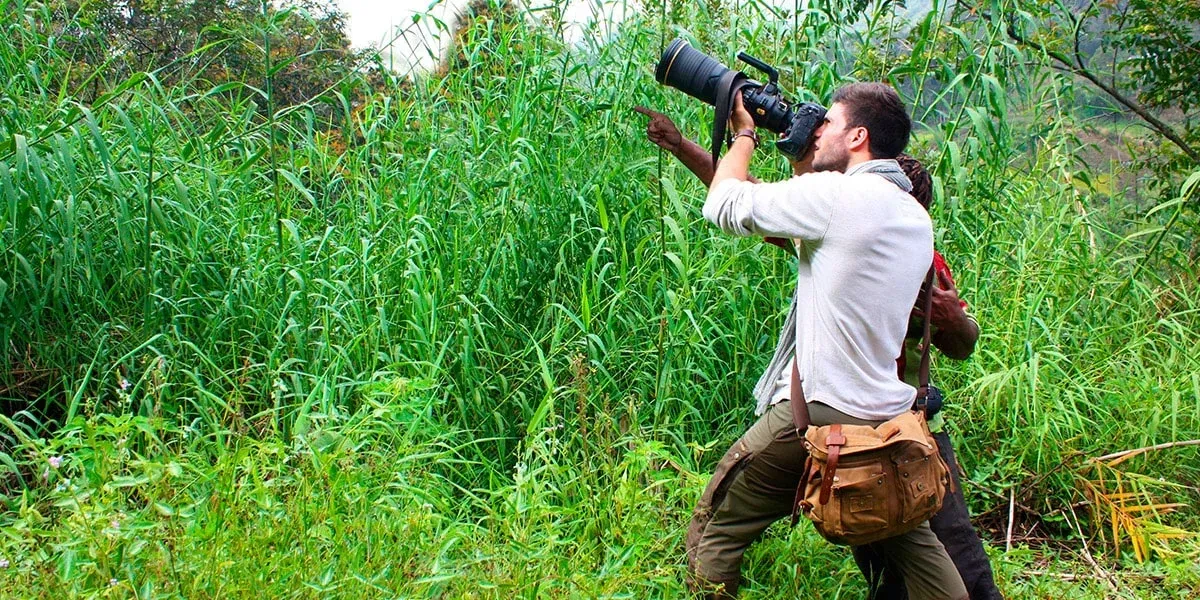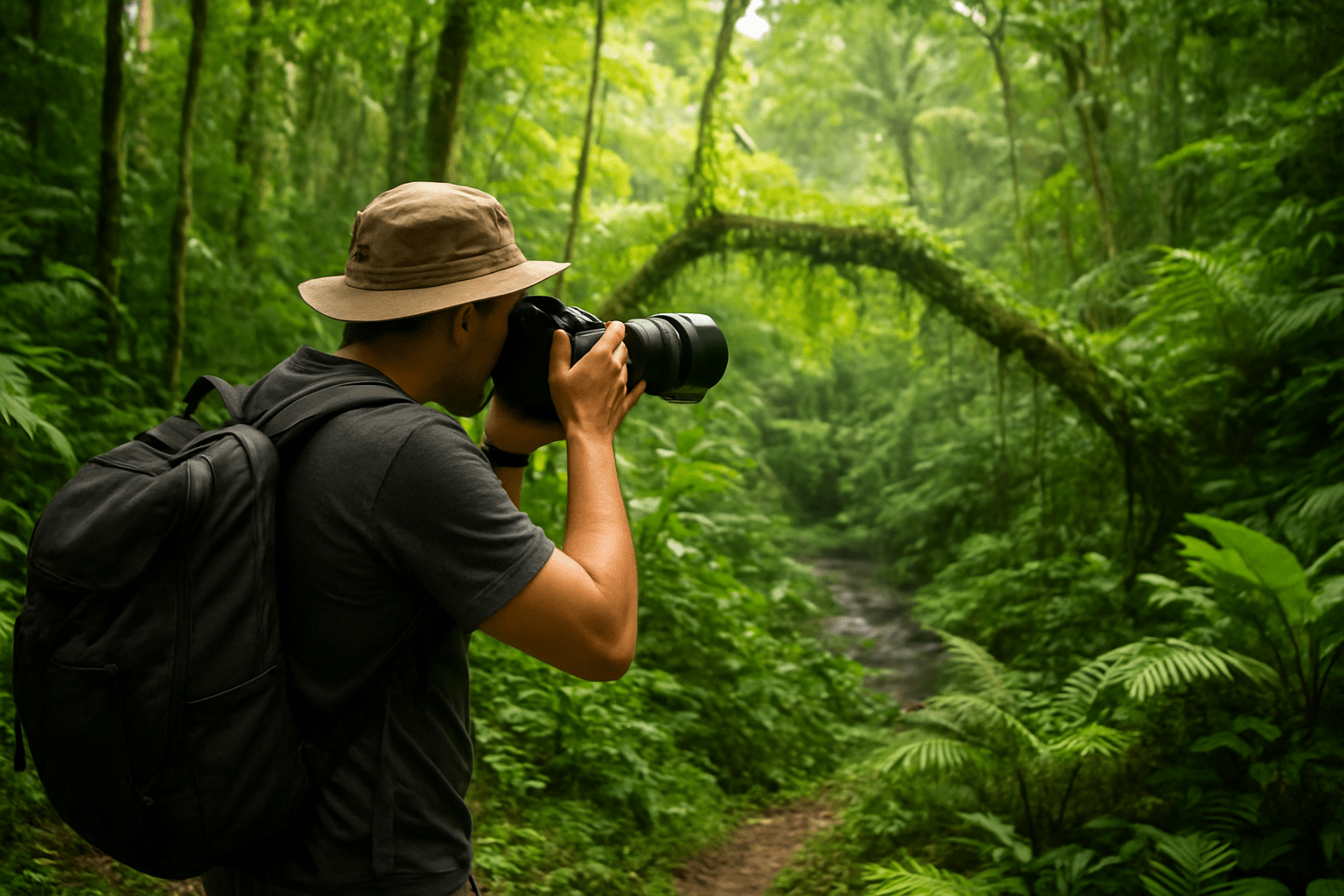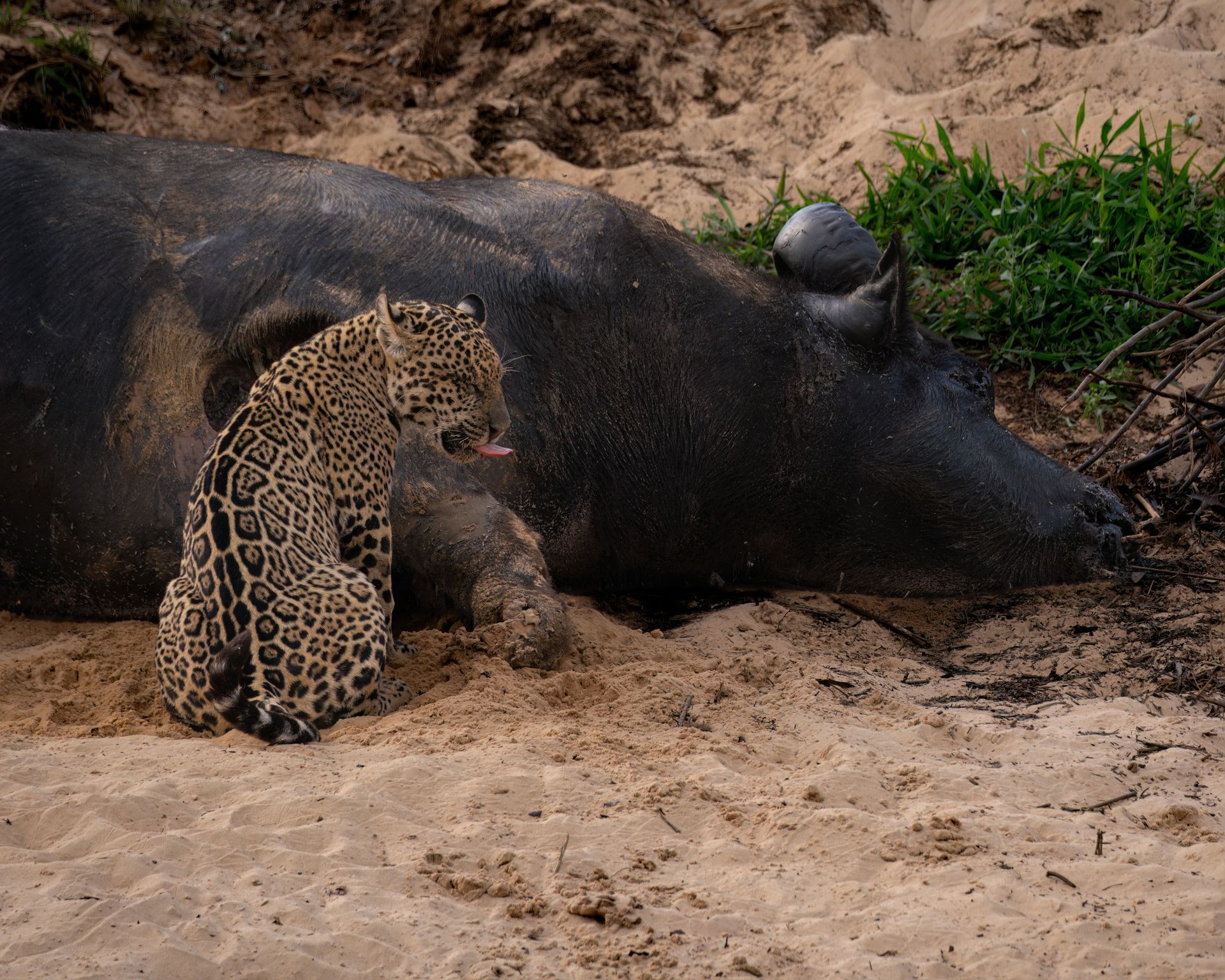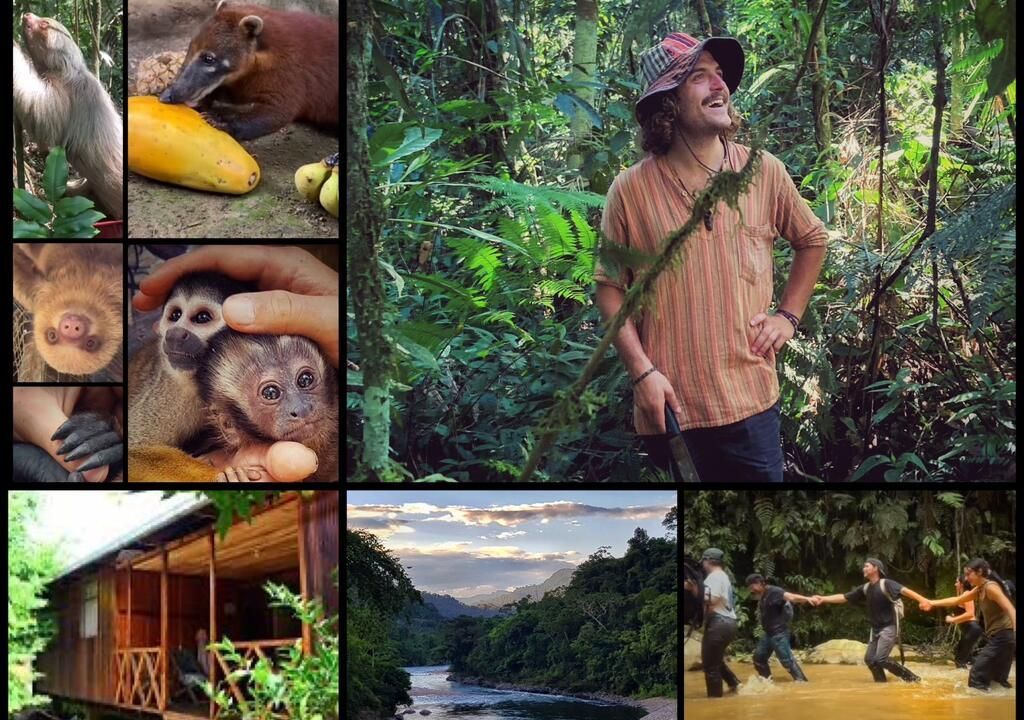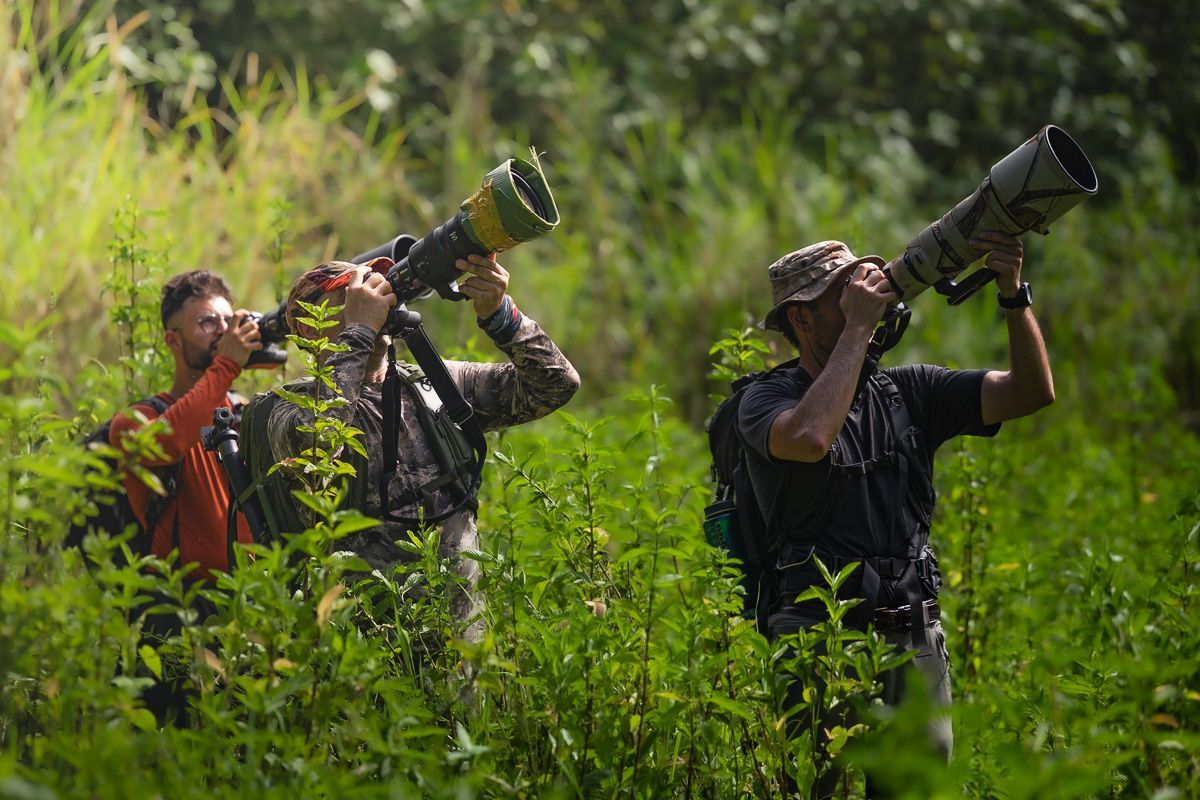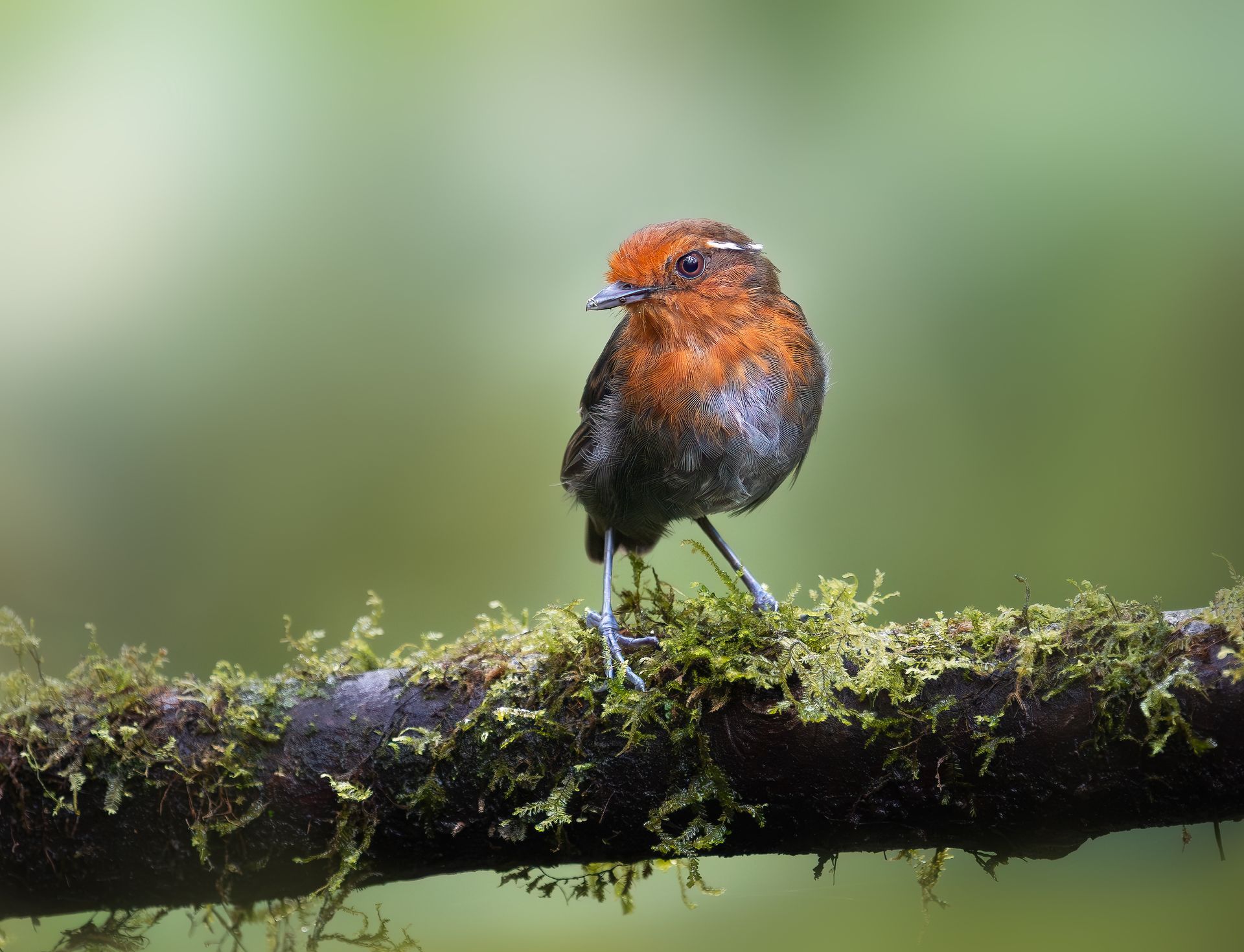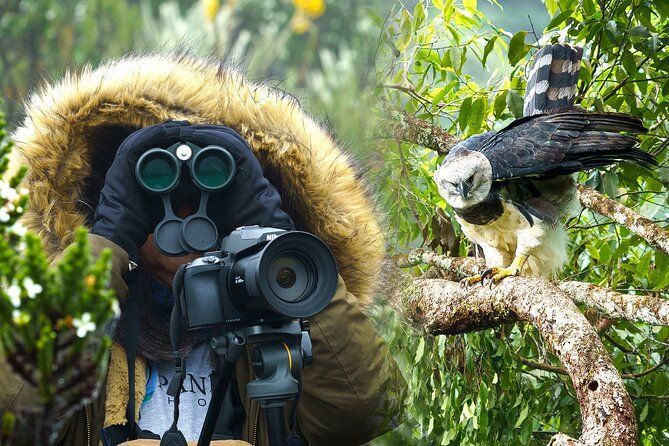DSLR vs. Mirrorless for Bird Photography: Which to Bring on Tour?
DSLR vs. Mirrorless for Bird Photography: Which to Bring on Tour?
Choosing the right camera is one of the most important decisions for any wildlife photographer. When preparing for a bird photography tour — especially in South America’s diverse ecosystems — the camera you bring can influence the quality of your images, your comfort in the field, and how easily you capture those fleeting moments of avian brilliance.
For decades, DSLRs dominated bird and wildlife photography, but the rise of mirrorless cameras has introduced powerful alternatives that are lighter, faster, and increasingly capable. If you’re wondering whether to pack a DSLR or a mirrorless system for your next tour, this guide will break down the differences, pros and cons, and practical considerations to help you make the best choice.
1. Understanding the Basics: DSLR vs. Mirrorless
Before deciding, it’s essential to understand how each system works.
DSLR (Digital Single-Lens Reflex)
- Uses a mirror and optical viewfinder to show the scene.
- Traditional design, robust build, often heavier.
- Long-established ecosystem of lenses and accessories.
Mirrorless Cameras
- No mirror; uses electronic viewfinder (EVF) or LCD screen.
- Compact and lightweight, often with faster shooting rates.
- Advanced autofocus systems, including subject and eye tracking.
Both types can produce incredible bird photos, but their features affect field usability, comfort, and flexibility — especially in remote locations like the Amazon rainforest, Andean highlands, or cloud forests of Colombia.
2. Weight and Portability
One of the biggest considerations for bird photography tours is gear weight.
- DSLRs: Often heavier due to the mirror and prism system. Adding a 500mm f/4 lens can make a DSLR setup very bulky, which can be challenging on long hikes or rough trails.
- Mirrorless: Lighter bodies and lenses reduce fatigue, allowing photographers to carry more gear comfortably. Many mirrorless lenses also include optical stabilization, making handheld shots easier.
Pro Tip: On Retorno Photo Tours, itineraries often include trekking through uneven terrain — a lighter mirrorless setup can make a significant difference in mobility and stamina.
3. Autofocus Performance
Fast, accurate autofocus is critical for birds, which move quickly and unpredictably.
DSLR Autofocus
- Phase-detection AF is extremely reliable in good lighting.
- Some older models struggle in low-light conditions or dense forest canopies.
Mirrorless Autofocus
- Hybrid AF systems with eye/subject tracking are now industry-leading.
- Track small birds in flight more efficiently with continuous AF modes.
- Many mirrorless cameras perform better in video mode or with silent shooting.
Pro Tip: If your tour includes photographing fast-moving hummingbirds or raptors in flight, a mirrorless system with Bird Eye AF can dramatically improve your keeper rate.
4. Shooting Speed and Frame Rate
Capturing rapid wingbeats or split-second behavior requires high frames per second (fps).
FeatureDSLRMirrorlessBurst rateTypically 8–12 fps10–30 fps (depending on model)Viewfinder blackoutPresent during burstMinimal to none, EVF allows continuous previewBufferVaries; larger for high-end DSLRsOften larger in mirrorless for continuous shooting
Pro Tip: For South America tours where birds like tanagers, trogons, or hummingbirds are active in bright light, mirrorless cameras often give you an edge in burst speed and tracking precision.
5. Viewfinder Experience
The choice of viewfinder affects composition and comfort:
- DSLR Optical Viewfinder (OVF): Shows a true optical image; excellent clarity in bright sunlight, no lag.
- Mirrorless Electronic Viewfinder (EVF): Provides real-time exposure preview, histogram, and focus peaking. Some photographers prefer EVFs in variable light or when trying to capture precise exposure without post-editing.
Pro Tip: Mirrorless EVFs can be especially helpful in low-light rainforest conditions, showing exactly how your image will look before pressing the shutter.
6. Battery Life Considerations
Battery life is another critical factor in the field:
- DSLRs: Typically superior; a single battery can last 800–1,000 shots or more.
- Mirrorless: Historically shorter due to electronic viewfinders, but modern high-end models offer substantial improvements. Carrying extra batteries is essential on long bird photography tours.
Pro Tip: Always bring 3–4 spare batteries, regardless of camera type. Retorno Photo Tours visits remote locations where charging opportunities are limited.
7. Lens Availability and Options
Your lens choices are arguably more important than the camera body itself for bird photography.
- DSLR Ecosystem: Decades of telephoto and super-telephoto lenses, including 400mm f/2.8, 500mm f/4, and 600mm f/4 primes.
- Mirrorless Ecosystem: Rapidly growing; manufacturers now offer equivalent high-quality telephotos with optical stabilization. Third-party options (Sigma, Tamron) are catching up.
Pro Tip: Consider whether your current lenses are compatible with mirrorless via an adapter — many photographers transition gradually by using DSLR lenses on mirrorless bodies.
8. Low-Light Performance
Bird photography often involves:
- Early mornings or late afternoons (golden hours)
- Dense rainforest or cloud forest interiors
DSLR:
- Full-frame DSLRs handle high ISO well; can be excellent in low light with minimal noise.
Mirrorless:
- Recent mirrorless cameras also perform extremely well at high ISO, often with superior noise reduction algorithms.
- In-camera stabilization allows slower shutter speeds without motion blur — a significant advantage in low-light forest conditions.
9. Silent Shooting and Disturbance
Birds are easily startled, so silent shooting can be invaluable:
- DSLR: Shutter sound can disturb skittish species.
- Mirrorless: Electronic shutter mode is silent, allowing closer approaches without scaring your subjects.
Pro Tip: Use silent shooting for shy species like antpittas or forest hummingbirds. It’s a technique our guides at Retorno Photo Tours recommend frequently.
10. Cost and Investment
Cost is always a factor for photographers:
- DSLR: Older high-end models can be more affordable second-hand. Lenses may also be cheaper due to longer production.
- Mirrorless: Cutting-edge technology comes at a premium, but benefits like lighter weight, faster AF, and EVFs can justify the cost for serious wildlife photographers.
Pro Tip: Evaluate your tour requirements, travel style, and budget. Sometimes renting a high-end mirrorless body for a tour is a practical solution.
11. Pros and Cons Summary
FactorDSLRMirrorlessWeight & PortabilityHeavierLighterAutofocusReliable, phase detectionAdvanced eye/subject trackingBurst RateModerateHigher fpsViewfinderOpticalEVF with exposure previewBattery LifeLongerShorter (carry spares)Lens AvailabilityExtensiveGrowing rapidlySilent ShootingLimitedExcellentPriceCan be cheaperOften more expensive
12. Real-World Considerations for South America Tours
When choosing a camera for your bird photography tour with Retorno Photo Tours, consider the following:
- Hiking & Remote Locations: Lightweight mirrorless setups reduce fatigue.
- Fast Birds & Flight Shots: Mirrorless AF tracking gives higher keeper rates.
- Variable Light Conditions: EVF preview helps capture perfectly exposed images in forests and overcast days.
- Noise-Sensitive Birds: Silent shooting reduces disturbance.
- Backup & Redundancy: Carry at least one spare body (DSLR or mirrorless) to ensure you never miss a shot.
13. Tips for Transitioning Between DSLR and Mirrorless
If you already own a DSLR, switching to mirrorless can be smooth:
- Adapters: Use lens adapters to retain your existing lenses.
- Practice: Mirrorless autofocus and EVF require a short adjustment period.
- Customize Buttons: Map AF-C, ISO, and burst modes for fast switching.
Pro Tip: Many photographers travel with one mirrorless body and one DSLR lens to balance weight, reach, and reliability.
14. Personal Recommendations
- DSLR: Great for photographers who prefer traditional viewfinders, longer battery life, and already own extensive telephoto lenses.
- Mirrorless: Ideal for photographers seeking lighter travel weight, faster AF, high-speed burst shooting, and silent operation — perfect for South America tours in dense forests and cloud canopies.
For most Retorno Photo Tours clients, modern mirrorless cameras provide the best balance of performance, portability, and advanced features. But either system can succeed if you know your gear and prepare properly.
15. Accessories That Matter
Regardless of DSLR or mirrorless, bring:
- Tripod or monopod (carbon fiber preferred for portability).
- Gimbal head for long telephoto lenses.
- Multiple memory cards and backup drives.
- Extra batteries (mirrorless requires more).
- Rain covers and protective bags for tropical weather.
16. Conclusion
Whether you choose a DSLR or a mirrorless camera, the key to successful bird photography on your tour is understanding your equipment, practicing your settings, and being prepared for field conditions.
- DSLRs offer reliability, battery endurance, and a mature lens ecosystem.
- Mirrorless cameras offer lightweight portability, cutting-edge autofocus, high-speed shooting, and silent operation — advantages that are increasingly valuable in remote South American environments.
At Retorno Photo Tours, we’ve guided photographers with both systems. The bottom line is: know your gear, pack wisely, and focus on the birds, not just the camera. That approach guarantees stunning images, lasting memories, and the joy of photographing South America’s extraordinary avian life.



